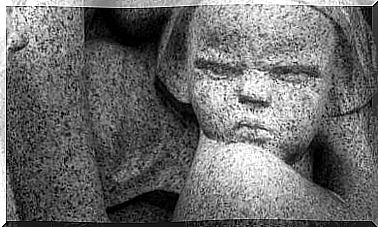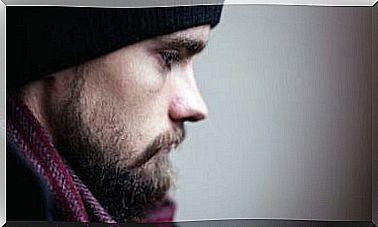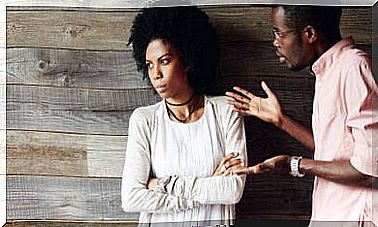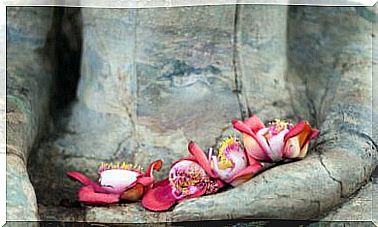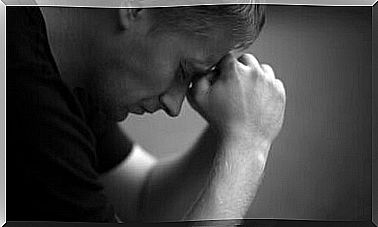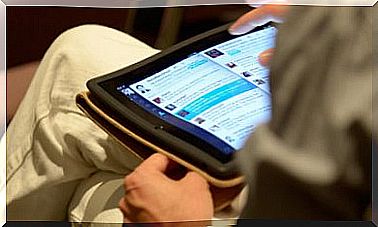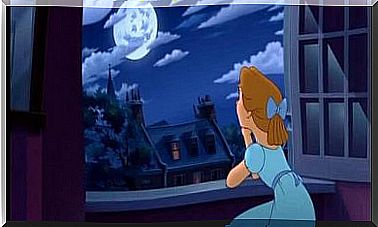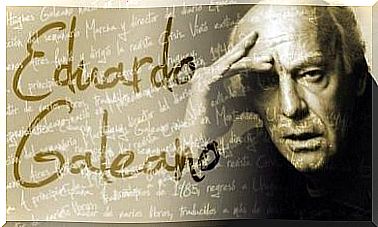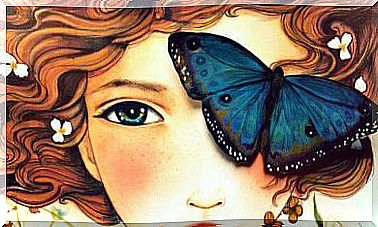Archetype Of The Magician According To Jung: Knowledge At The Service Of Society
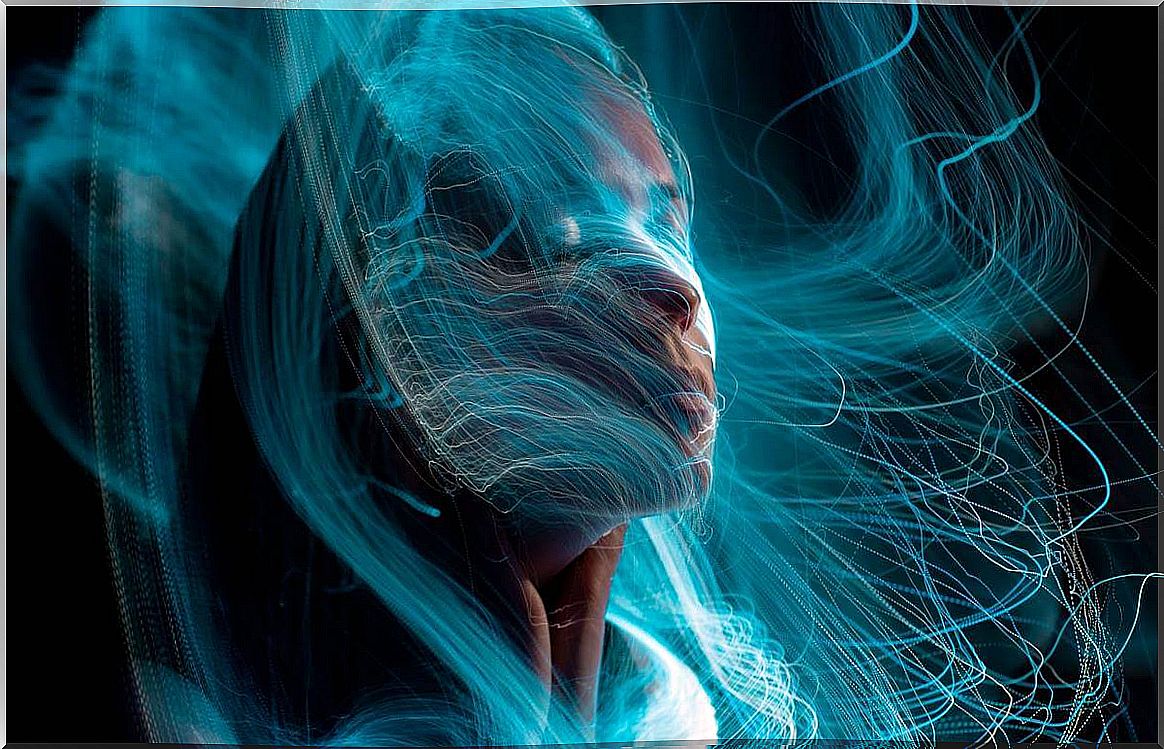
The magician archetype is one of the most interesting figures in analytical psychology created by Carl Jung. Thought, science, transformation, inspiration, innovation… This profile represents very well the personalities of names like Albert Einstein, Nikola Tesla, Elon Musk or Steve Jobs. Engineers and scientists who promoted (or promote) the advancement of our society.
It is curious how in relation to the set of archetypes or primordial images that the famous Swiss psychiatrist created, the hero always stands out. We admire heroes because they are the ones who perform great feats, forgetting that behind them they always have entities that guide, advise and instruct them.
Magicians are actually the most remarkable personalities on the archetype scale. They are associated with the intellect, but it is a dynamic, active and transformative intelligence. Your profile can be adapted to physics, economics, psychology, engineering, or medicine. They make the world evolve, heal it and also rise up as inspiring beings …
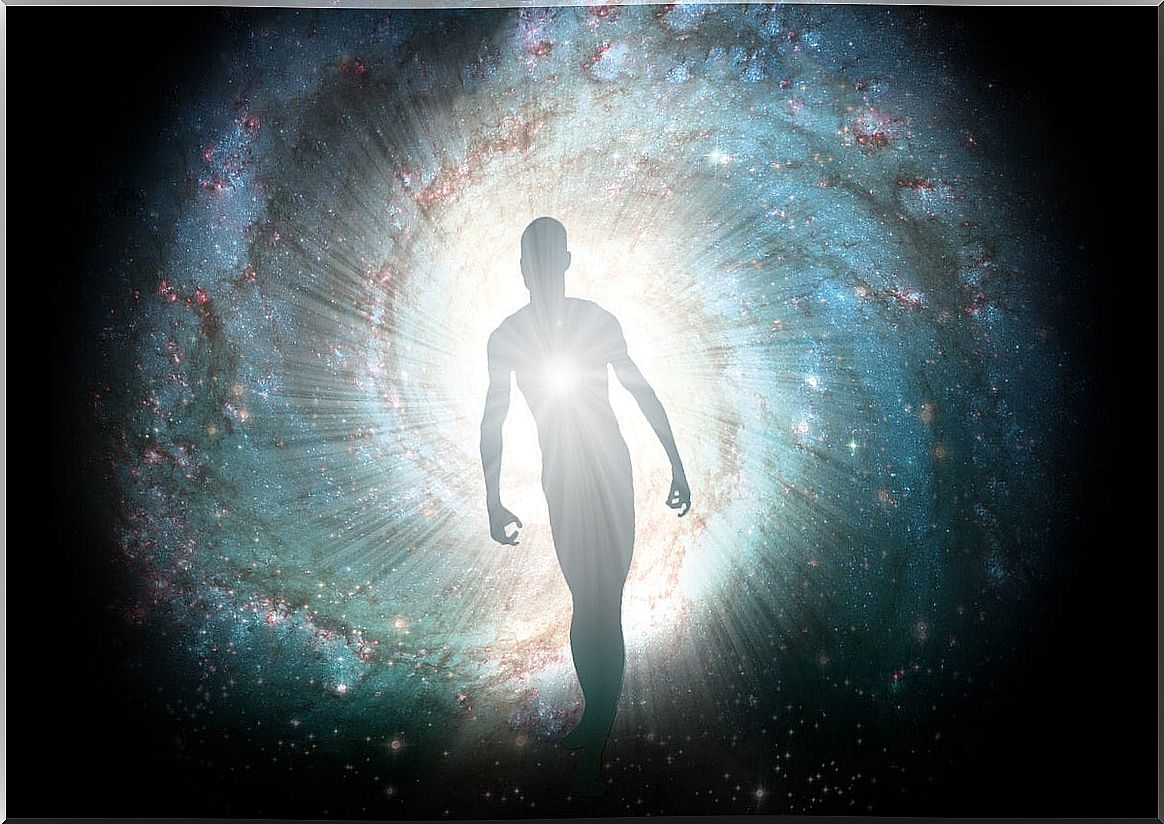
What are archetypes?
An archetype defines a series of emotional, cognitive and behavioral patterns that guide our way of processing and acting in the world. It was Carl Jung who developed this theoretical approach within his analytical psychology. Thus, something that he defended is that human psychological development is not a blank slate, it is not free or conditioned by our early experiences, education or social environment.
For Jung, our personality and our psyche are predestined by archetypes. In some way, we can all have something of the hero, the father, the shadow, the person, the trickster, the magician … Each of these psychic patterns are found in our collective unconscious and are repeated regardless of time or place.
Books like Archetypes and Collective Unconscious are all a reference to understand this topic. On the other hand, beyond the inevitable esoteric and spiritual connotation of a good part of Jungian theories, there is an undeniable aspect. They are a frame of reference in popular culture. In literature, for example, many of the characters follow the pattern of an archetype.
Thus, when it comes to the figure of the magician, it must be said that the marketing world is very often nourished by this image. We analyze it.
Wizard archetype: what does it consist of?
It is often said that few companies apply the wizard archetype as much as Apple does. In their presentations of new products – we remember Steve Jobs in his day – they appeal that, with their devices, their entire reality is going to change. The user will be able to do what they have always dreamed of with each new generation of mobiles.
In some way, a good part of technology companies start from this reference. Figures like Elon Musk, with all his engineering, space projects and his neuralink company completely appeals to this archetype.
Let’s see what defines the figure of the magician, according to Carl Jung.
From introspection to innovation
Arthur C. Clark said that any sufficiently advanced technology is indistinguishable from magic. Somehow, the archetype of the magician starts from this same scheme. It is related to the magical and esoteric, because it starts first from that introspection from which almost impossible ideas are born; challenging almost.
However, with his good arts, what a priori seemed little more than an entelechy ends up being an exceptional achievement. Something wonderful that helps and advances.
Reflective mind constantly learning
Philosopher Walter A. Shelburne wrote a book titled Mythos and Logos in the Thought of Carl Jung. In this work each of the archetypes are analyzed and without a doubt, the image that continues to stand out the most is that of the magician. In her a humble personality is outlined capable of assuming that she does not know everything, that authentic wisdom is in continuous learning.
However, each time he acquires new knowledge, he reflects on it and passes it through the filter of intuition. He adapts all wisdom to his own perspective so that he can later transmit it to his environment in a more powerful, more transformative way.

The archetype of the magician, the figure that sometimes imposes on us, but always seeks to help us
King Arthur feared Merlin, but he always had his invaluable help. Luke Skywalker also showed great respect for Obi-wan and Master Yoda, he knew that they were wiser and more powerful than him, however, they helped him to be a great Yedi knight. In some way, the archetype of the magician always stands out as a figure sometimes mysterious, distant and even disturbing.
The same thing happens in many ancient tribes, shamans and healers were viewed with fear, but even so, they stood as those necessary references to favor the balance of the group. His arts, halfway between the magical and the scientific, between the esoteric and the rational, helped to heal, give wisdom and inspire to progress.
To conclude, in the legacy that Carl Jung left us with his analytical psychology, nurtured above all by spiritual and anthropological roots, there is something evident. His theory on archetypes describes patterns of behavior that, in some way, we can all develop. Awakening our desire for knowledge to create a better world is something we should all aspire to.
